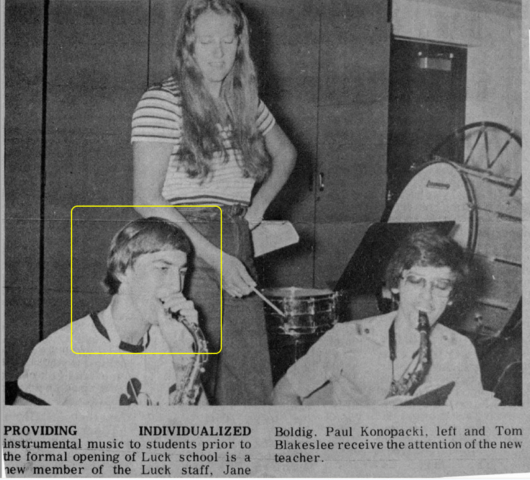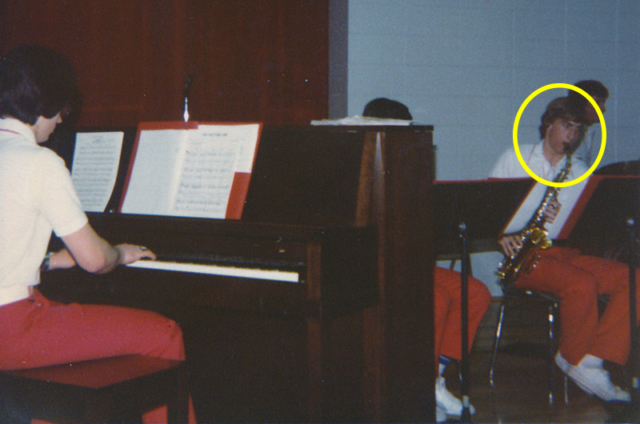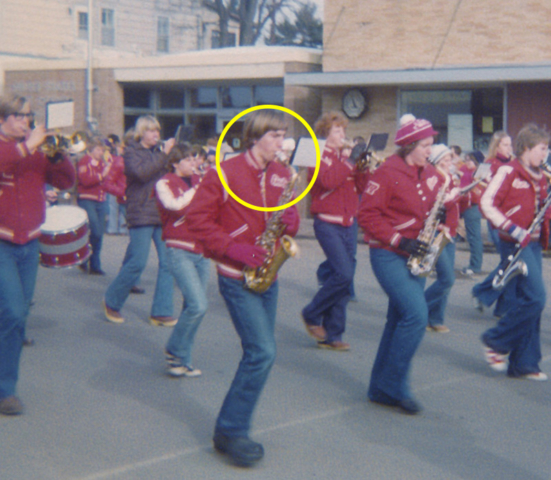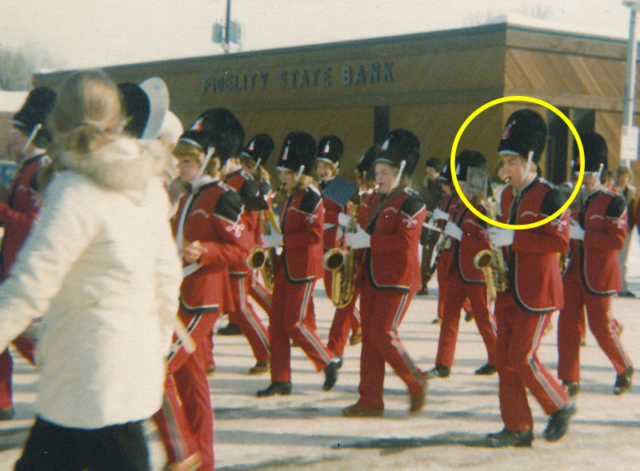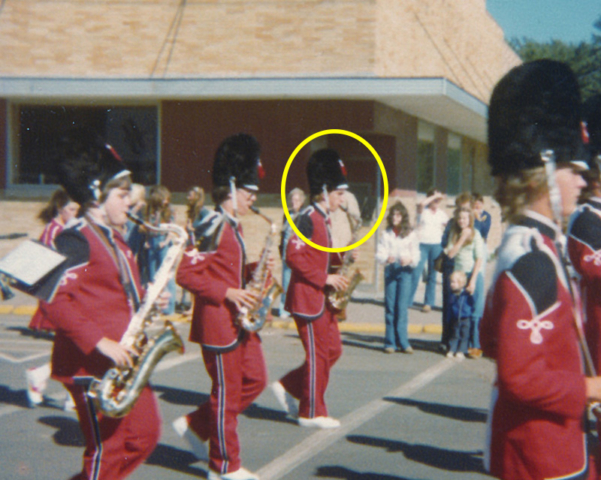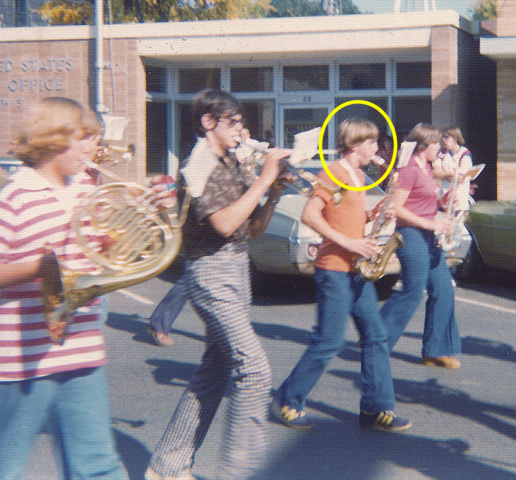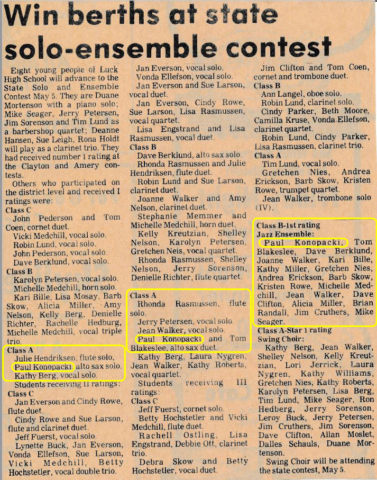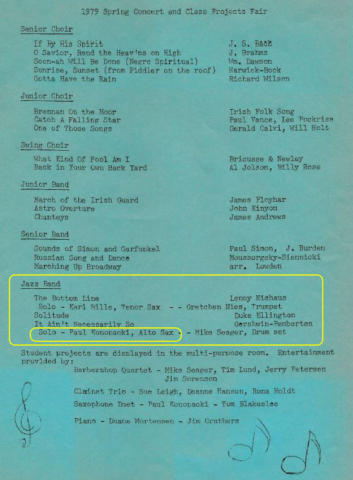Uncle Vern

Uncle Vern
When I lived in Wisconsin with my parents, Vern, my mom’s brother, and his wife, Alice, lived in Welch Village, Minnesota. We would visit each others home once in a while. I did not know much about his past until after discovering many old photos of him and reading some of my mom’s journals – years after both had passed.

Growing up, Vern was an amateur photographer and built radios from kits. He joined the Navy SeaBees in the mid-1940s. I don’t think he saw much action, but I do know he played his saxophone in the Navy band. Somewhere along the line he learned to play the flute. After retiring from the service, he rode a motorcycle cross country, working as a mechanic, fished, and learned to fly airplanes. He retired in his later years from an engineering office job in Minnesota at Sperry Univac. I remember when I was in high school and contemplating a career in computers, I visited Vern at his office.

I remember the time he visited the Walt Konopacki home in Luck, Wisconsin. I think it was for Easter, based on the way my sister, Barb, is dressed in the photo of her and Vern playing flute duets on the front porch. Vern actually grew up in that same house that my sister and I grew up in.
One day we visited Vern at his new house in Minnesota. It was not complete yet and had no water or electricity. When I got thirsty, I had to drink coffee from a thermos for the first time!
During visits, his wife Alice was always dressed up and wore a pearl necklace. This was Alice’s second marriage. Donna was Vern’s step-daughter. Alice had a miniature poodle that she doted on, but I couldn’t stand it. I don’t think it was a nuisance with barking, but she carried it around like a purse!
“Verner did not shorten his name to Vern until he was out in the workplace and others called him Vern.” (per Helga Koch’s memory book written in 1996).
Vern died October, 26, 1990 and is buried in the Fort Snelling National Cemetery, Minnesota, Section U-2, Site #574.






































































 What follows are excerpts from letters written to Holger while he was at Grand View College in Des Moines, Iowa. Those writing are: Ane Koch (his mother), Dora Lauritzen (his girlfriend), and Esther Nissager(Frede’s sister). It shows the timeline of Frede catching the flu in Des Moines, dying in Kimballton, and subsequent grieving. The letters were written in old Danish. I had them translated into English. The dates are what were written at the top of each letter.
What follows are excerpts from letters written to Holger while he was at Grand View College in Des Moines, Iowa. Those writing are: Ane Koch (his mother), Dora Lauritzen (his girlfriend), and Esther Nissager(Frede’s sister). It shows the timeline of Frede catching the flu in Des Moines, dying in Kimballton, and subsequent grieving. The letters were written in old Danish. I had them translated into English. The dates are what were written at the top of each letter.
















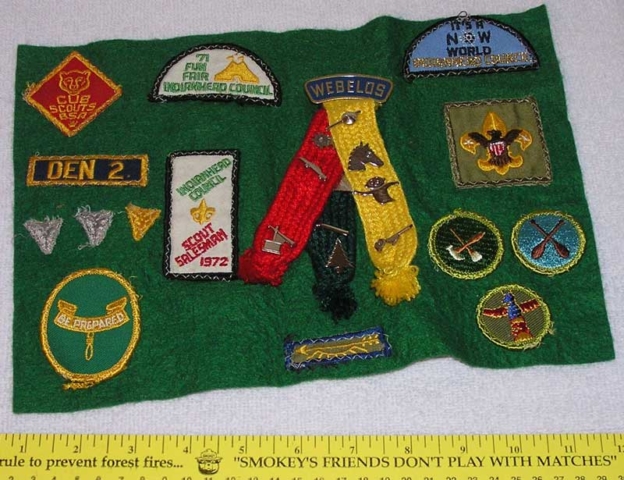
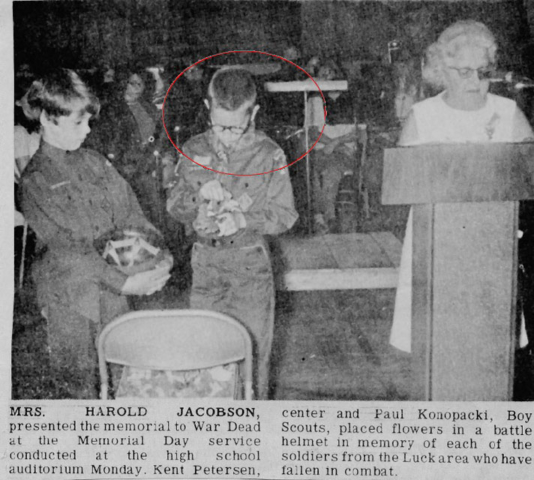
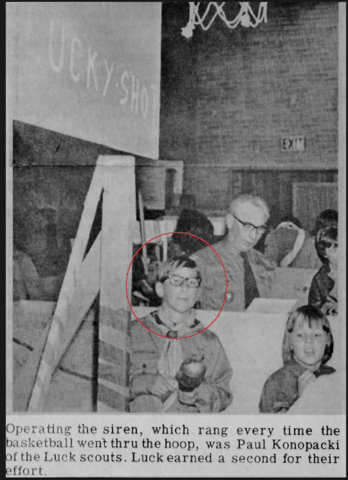
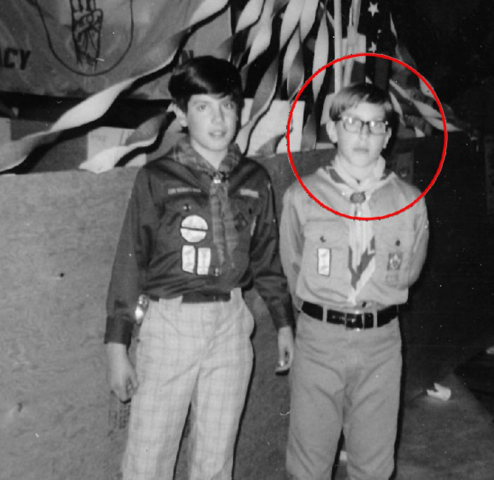
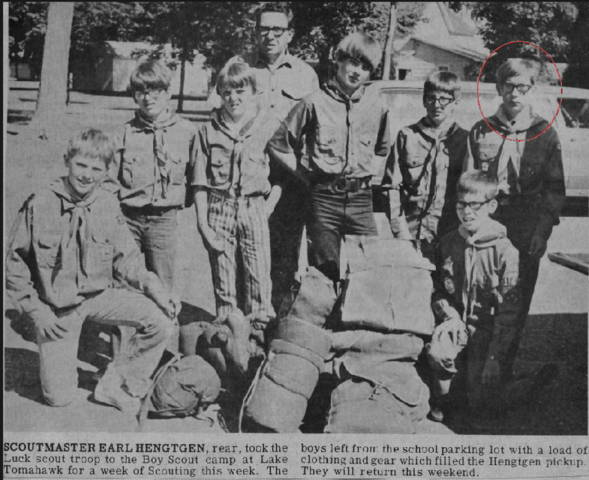
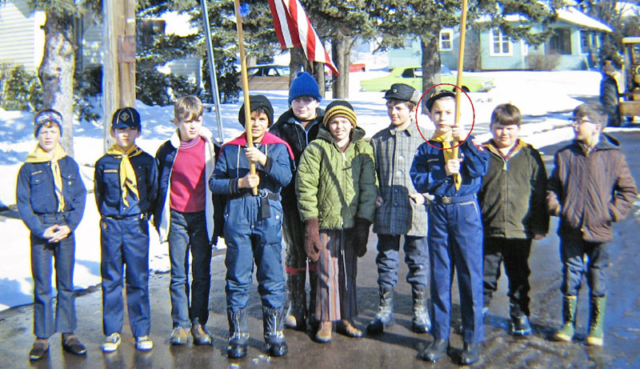
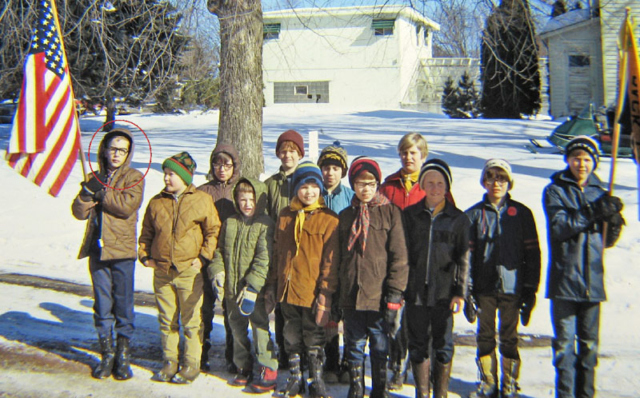
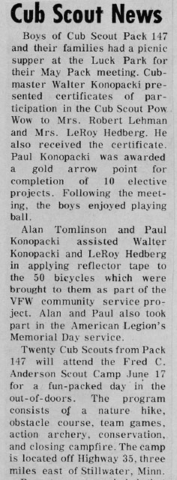













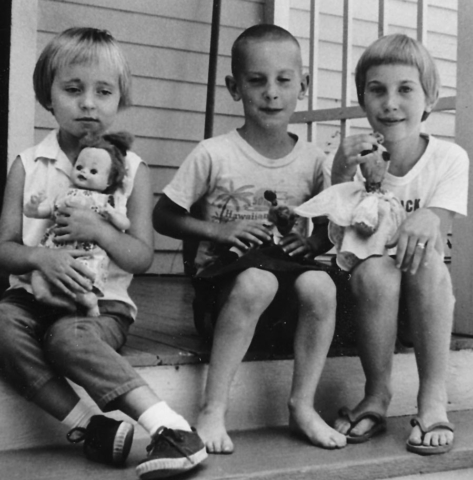
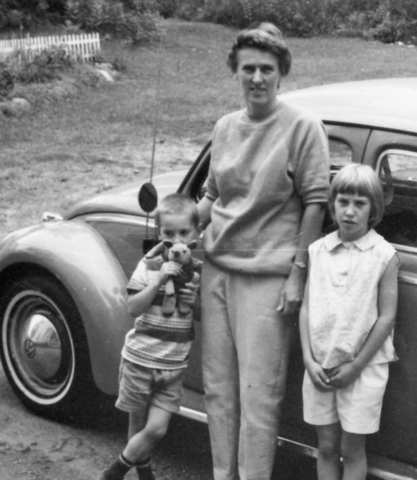
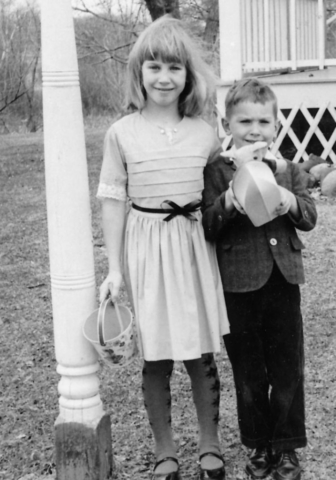
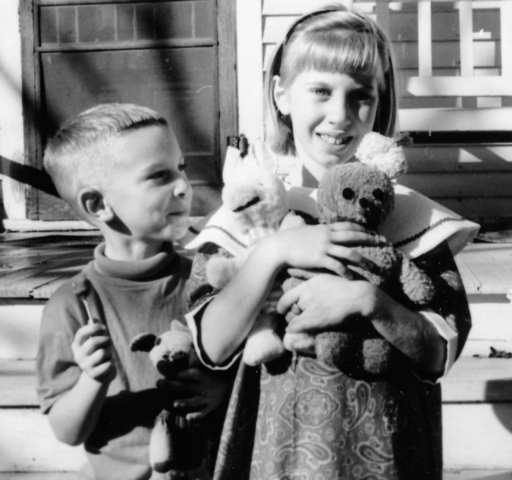
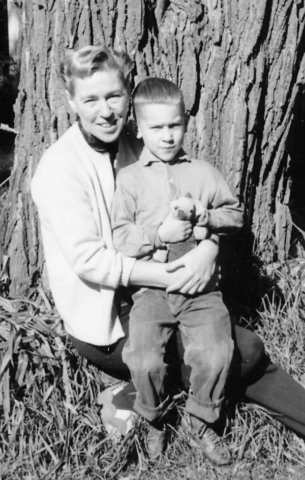
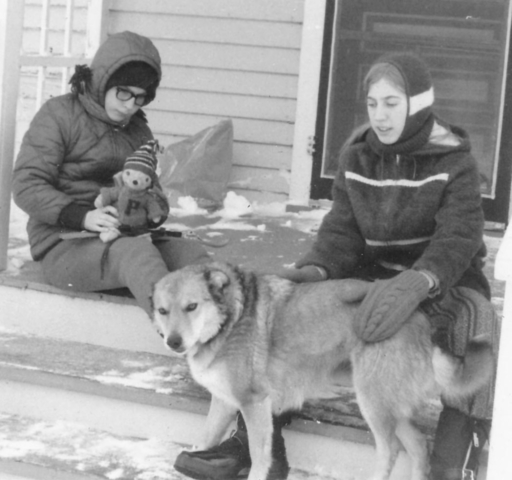
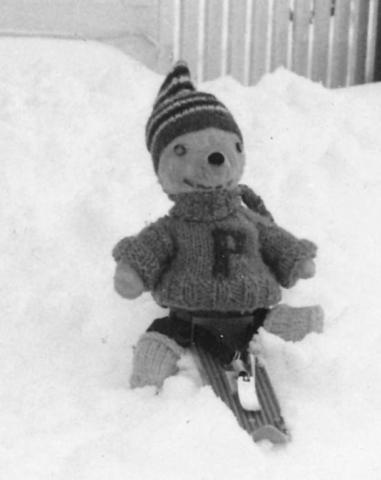







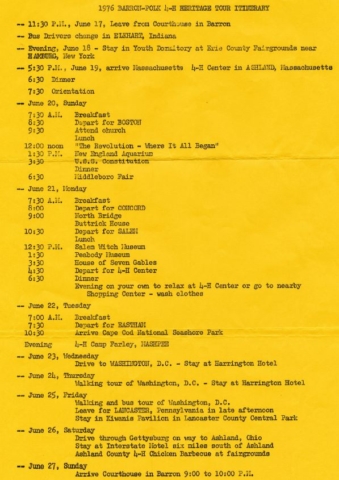
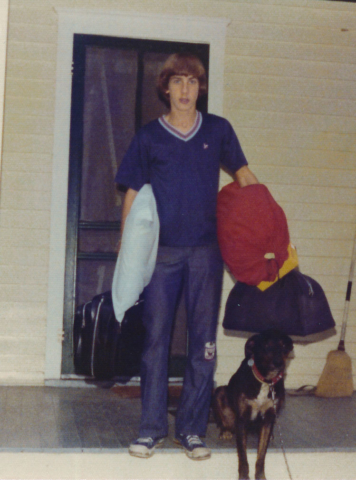

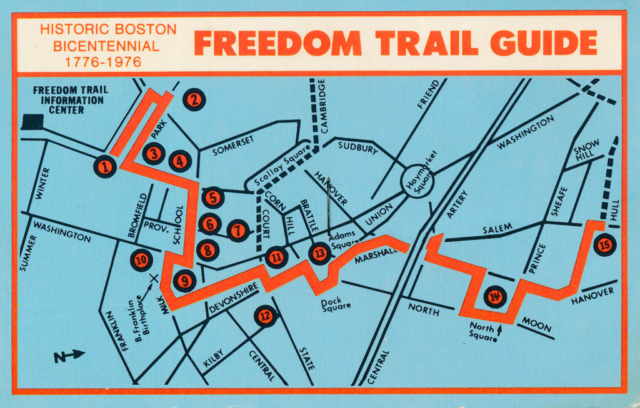
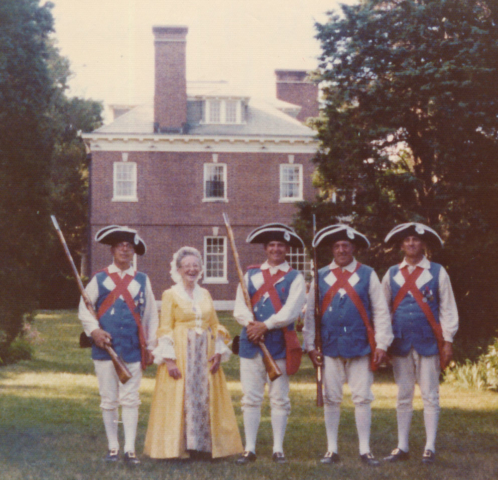
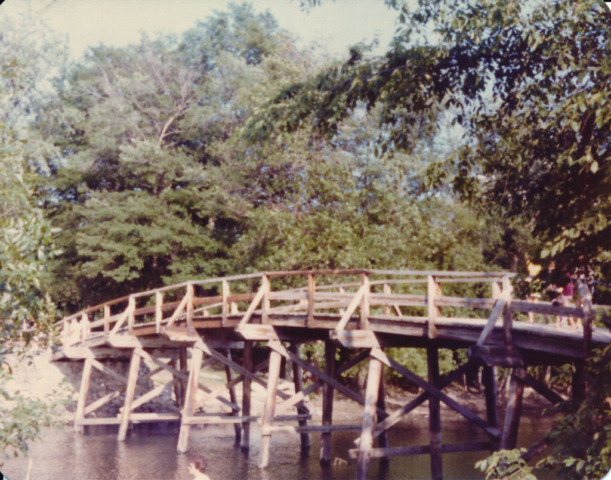
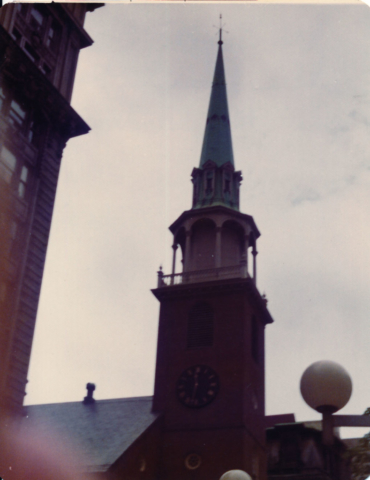
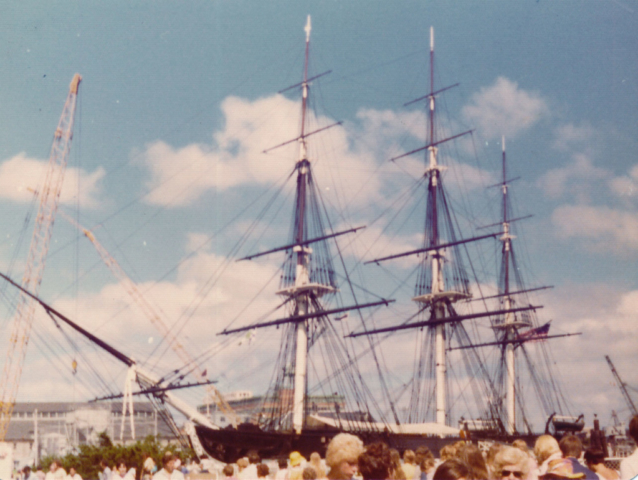
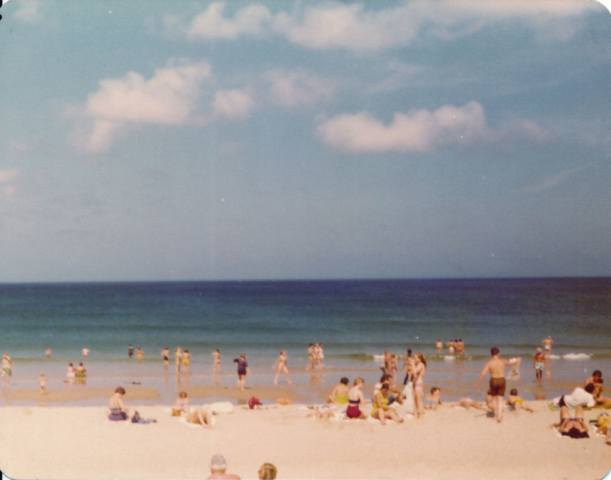
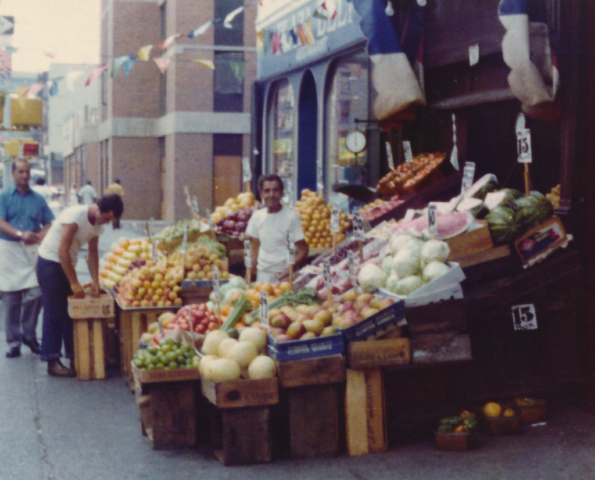
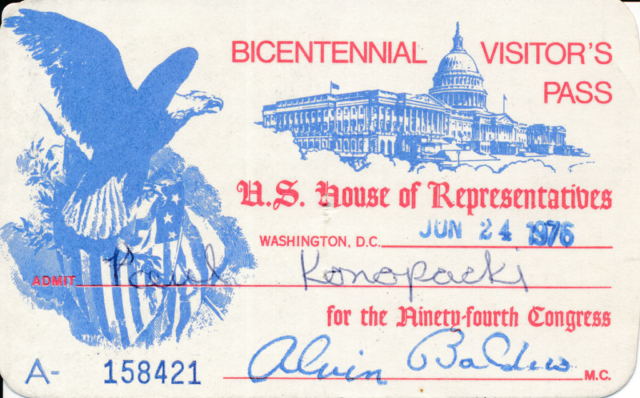
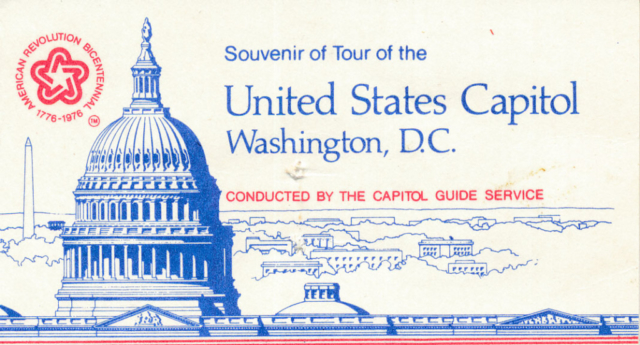
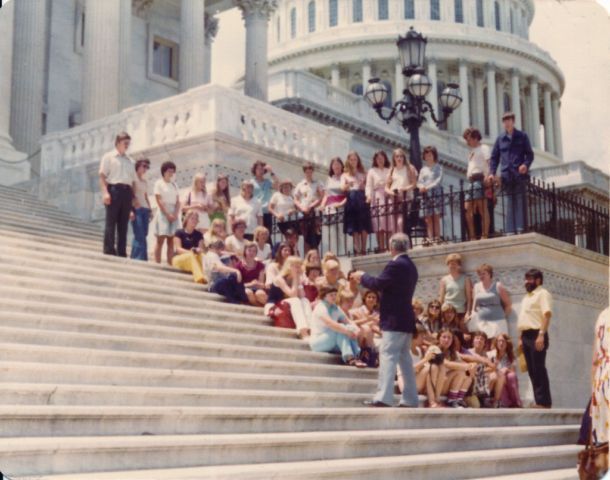
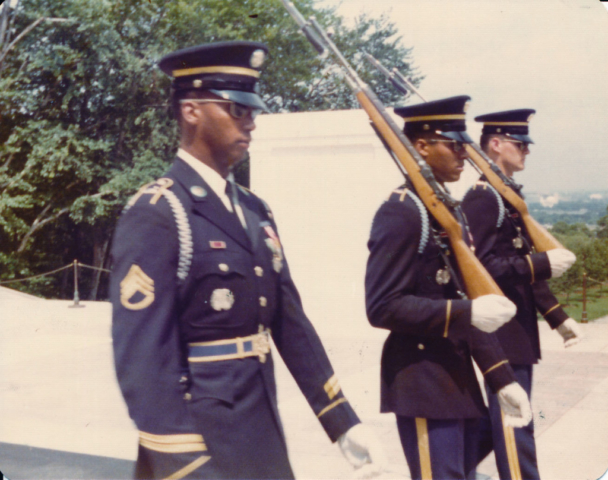
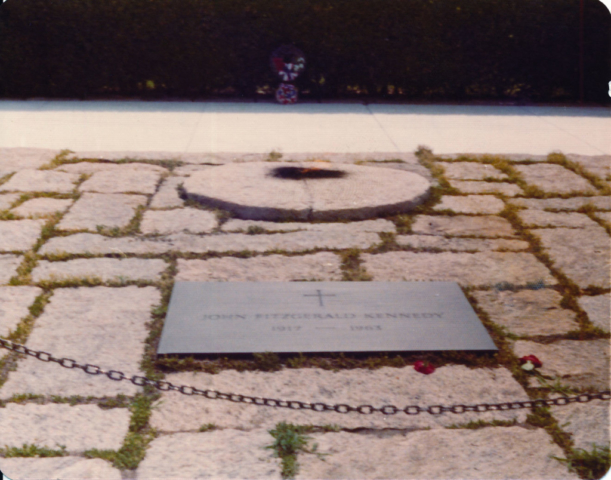
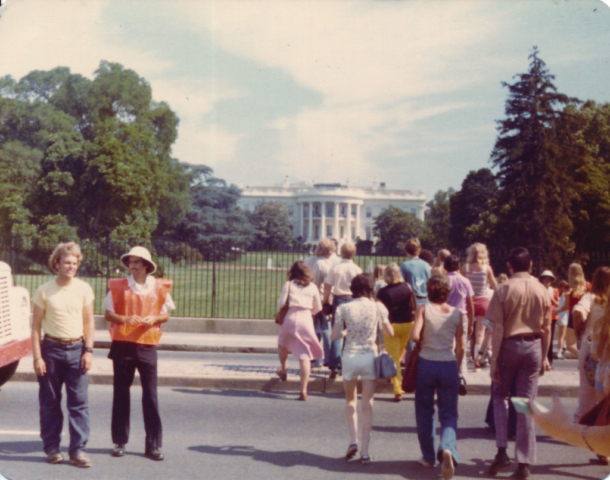
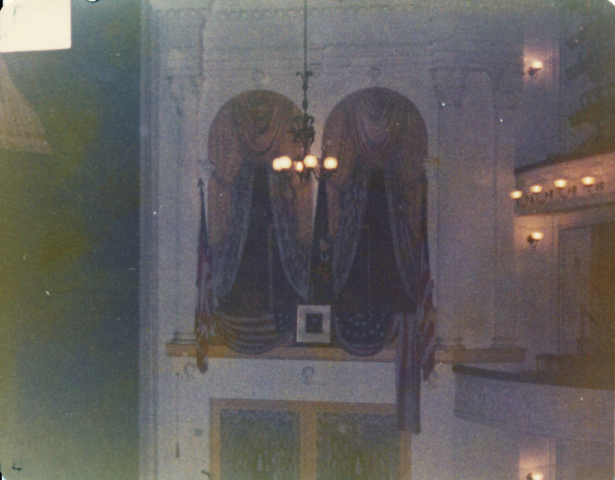
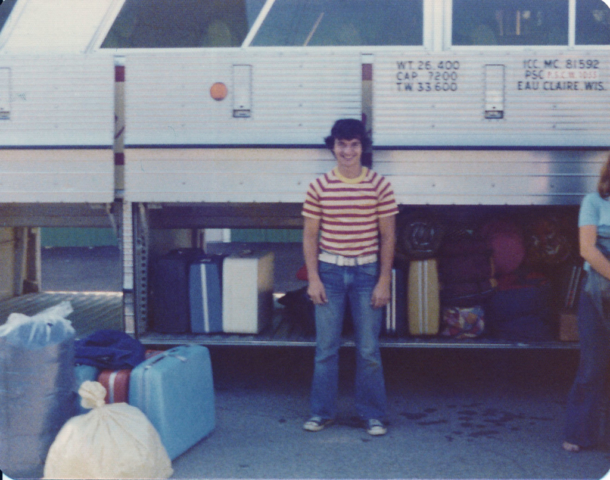
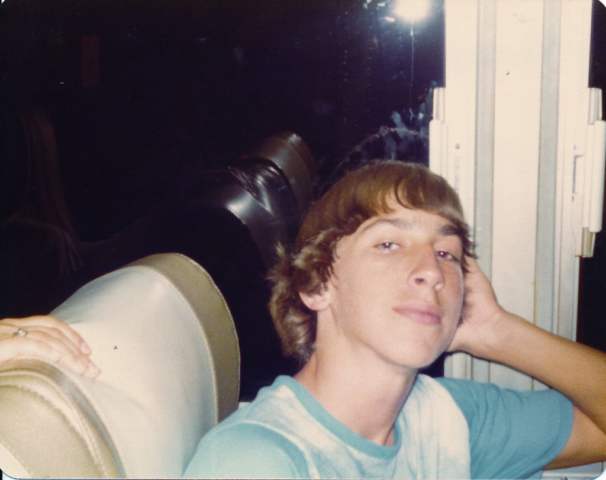
 After three years playing the clarinet in the Luck Public School Band, I decided to change to saxophone. I played in concert band, marching band, pep band, and jazz band. I participated in solo and ensemble contests with other schools. This was much more enjoyable to me than the clarinet. It was easier to play and my parts were better. The saxophone section loved it when we got to play
After three years playing the clarinet in the Luck Public School Band, I decided to change to saxophone. I played in concert band, marching band, pep band, and jazz band. I participated in solo and ensemble contests with other schools. This was much more enjoyable to me than the clarinet. It was easier to play and my parts were better. The saxophone section loved it when we got to play 